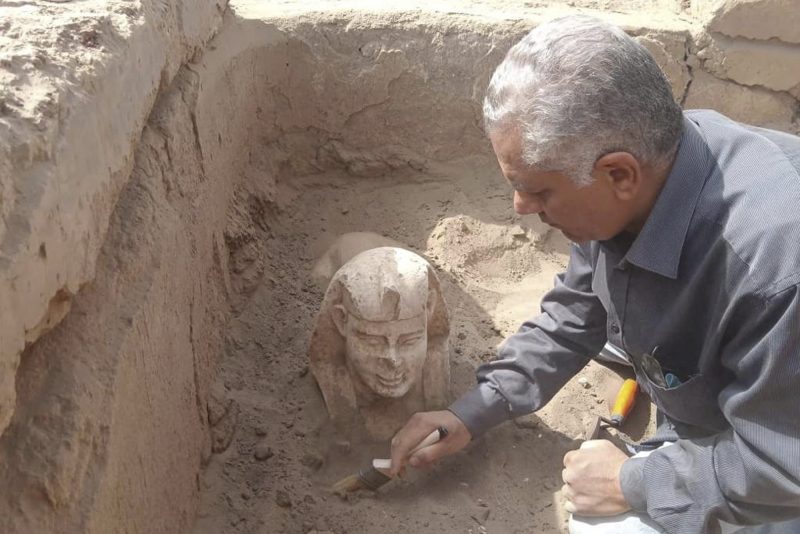

OAN Geraldyn Berry
UPDATED 9:23 AM PT – Tuesday, March 7, 2023
A suspected “Roman” sphinx has been discovered in an ancient Egyptian temple along with the remains of a shrine.
The discovery was made on the eastern side of a two-level tomb in the temple of Dendera in Qena Province, 450 km (approximately 280 miles) south of the capital of Cairo.
The limestone sphinx is described to have a “smiley face and two dimples” and was situated in a basin that was thought to have been constructed during the Byzantine period. The figure was adorned with a nemes on its head — the striped cloth headdress traditionally worn by pharaohs of ancient Egypt, with a cobra-shaped end or “uraeus.”
The figure is thought to be Roman, despite its location, because of the Roman-esque “demotic and hieroglyphic inscriptions” on the stone slab beside the sphinx.
The limestone shrine includes a two-layer platform, and a mud-brick basin also from the Byzantine era.
Measuring 20m (66ft) high, the statue is thought to resemble Emperor Claudius who ruled between 41 and 54 AD.
Archeological officials are studying the markings on the stone slab, which could possibly reveal more information on the statue’s identity.






Be the first to comment